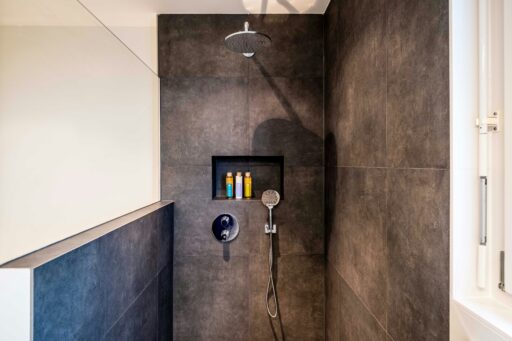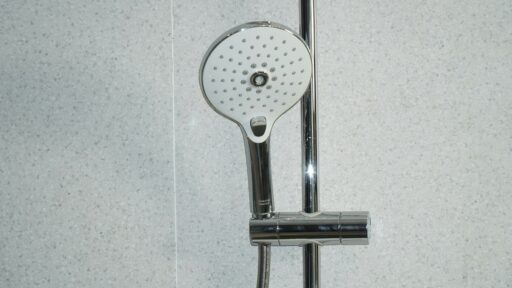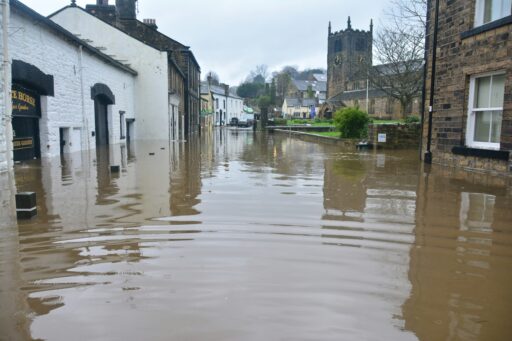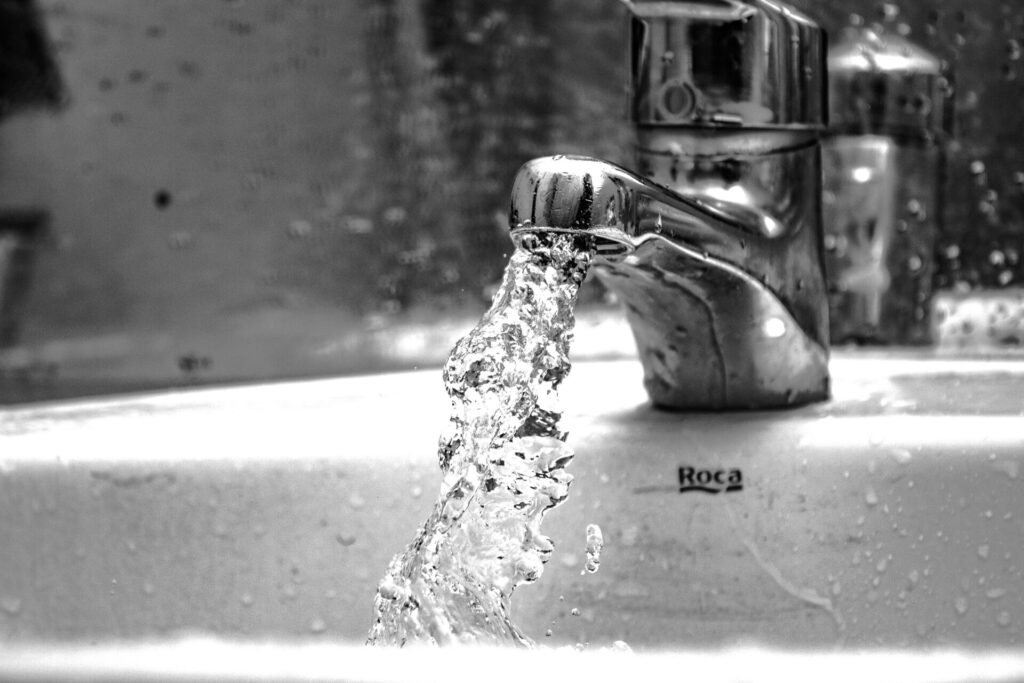
Water pressure is a crucial factor in maintaining a comfortable and efficient household. Whether you’re experiencing weak showers, slow-filling toilets, or inconsistent water flow, testing your water pressure can help identify and resolve issues. This article will guide you through the process of testing water pressure in your home.
Why Test Water Pressure?
Before diving into the testing methods, it’s important to understand why water pressure matters:
- Comfort: Adequate pressure ensures satisfying showers and effective cleaning.
- Appliance efficiency: Proper pressure is essential for optimal performance of dishwashers, washing machines, and water heaters.
- Plumbing health: Excessive pressure can damage pipes and fixtures, while low pressure may indicate leaks or blockages.
Methods for Testing Water Pressure
Using a Pressure Gauge

This is the most accurate method for measuring water pressure.
What you’ll need:
- A water pressure gauge (available at most hardware stores)
- A garden hose or sink tap adapter
Steps:
- Turn off all water-using appliances and taps in your home.
- Locate a garden tap or sink tap closest to your water main.
- Attach the pressure gauge to the tap.
- Turn on the water fully and allow the gauge to stabilise.
- Read the pressure measurement on the gauge.
Interpreting the Results
| Pressure Range | Classification |
| Less than 30 psi | Low Pressure |
| 30 to 60 psi | Normal Pressure |
| 40 to 60 psi | Ideal Pressure |
| Above 80 psi | High Pressure |
If you are unable to measure the water pressure with this method, try our another method. Alternatively, if you look for permanent solution to measure your water pressure at home, you might be interested in Salamander AquaScan 4-in-1 Digital Water Multimeter.
The Flow Rate Test
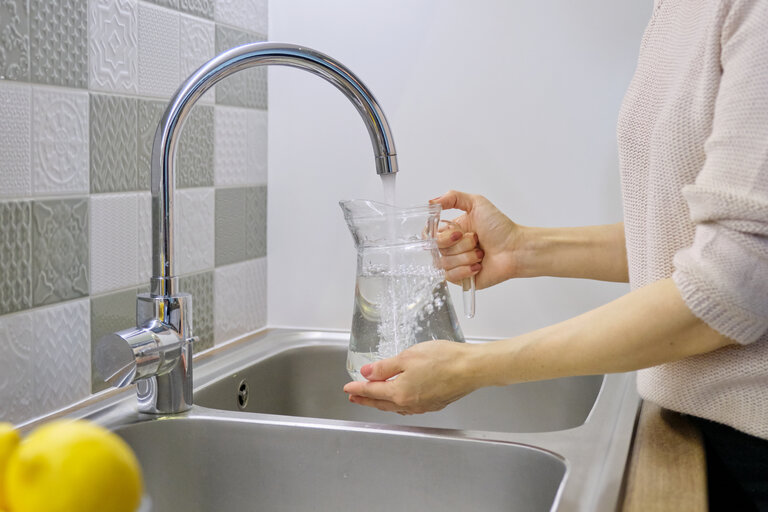
While flow rate test is not as precise as a pressure gauge, this method can give you a general idea of your water pressure.
What you’ll need:
- A jug or kettle with a scale or known volume
- A stopwatch or timer
Steps:
- Turn the tap on as much as you can.
- Put the jug or kettle under the water and start your timer.
- Stop the timer when the jug or kettle is full, but make sure the water doesn’t spill out, or when you decide to stop.
Interpreting the Results
Now that you have your results, you need to use the calculator below to find out the flow rate.
Step 1: Jug Volume
Option A: If you filled a jug or kettle all the way to the top, write down the total amount it holds. For example, if your jug can hold 3 litres, write down 3.
Option B: If you stopped filling the jug or kettle before it was full, write down the amount shown on the scale when you stopped. For example, if you stopped at 1.2 litres, write down 1.2.
Step 2: Time to Fill
In this step, write down how long it took to fill the jug or kettle to the amount you noted in Step 1. For example, if it took 6 seconds, write down 6.
Water Flow Rate Calculator
Solutions for Low Pressure
If your water pressure is below the normal range, consider the following solutions to help improve it:
- Check for Leaks
- Inspect your home for visible leaks in pipes, taps, and fixtures.
- Repair any leaks promptly to prevent water wastage and improve pressure.
- Clean Taps and Showerheads
- Mineral deposits can clog taps and showerheads, reducing water flow.
- Remove and clean these fixtures regularly to maintain optimal water flow.
- Install a Booster Pump
- A booster pump can increase water pressure throughout your home.
- Consult a plumber to ensure proper installation and compatibility with your plumbing system.

| 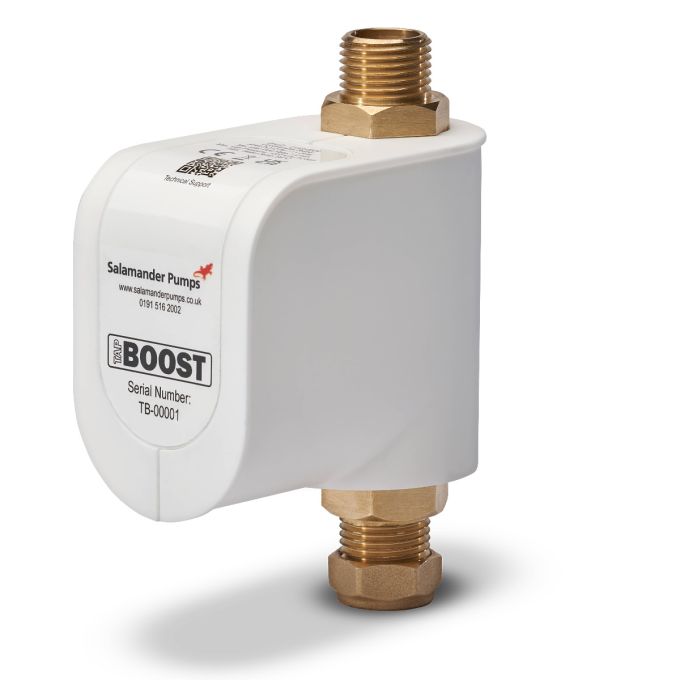 | 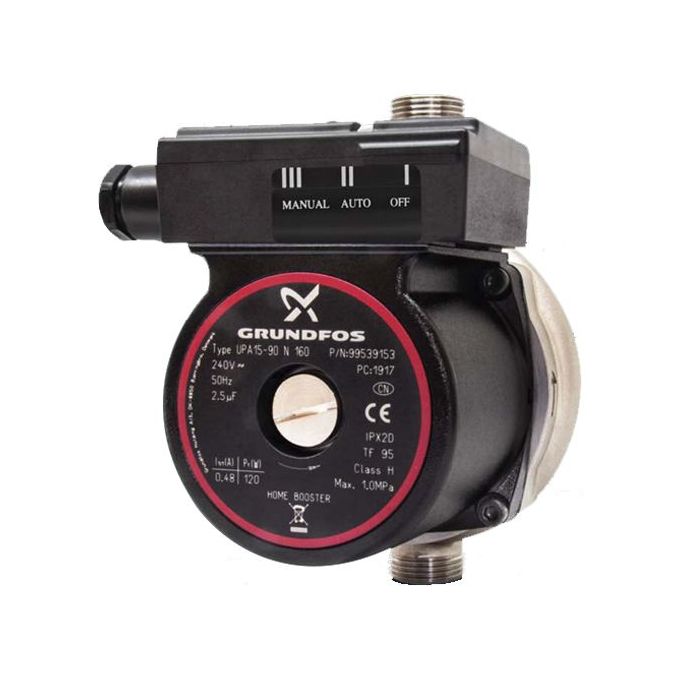 |
- Examine Pressure Regulator
- Some homes have a pressure regulator installed on the main water line.
- If faulty or improperly adjusted, it can cause low pressure. Have it checked and adjusted or replaced if necessary.
- Contact Your Water Supplier
- Low pressure may be due to issues with the municipal water supply.
- Contact your water supplier to report the issue and inquire if there are any known problems or repairs in progress.
Solutions for High and Extra High Pressure
If your water pressure is above the normal range, take the following steps to reduce it and prevent damage:
- Install a Pressure Regulator
- A pressure regulator, also known as a pressure-reducing valve, can be installed on the main water line to maintain safe pressure levels.
- This device automatically reduces the pressure to a safe level before it enters your home’s plumbing system.
- Check Existing Pressure Regulator
- If you already have a pressure regulator installed, it may need adjustment or replacement.
- Have a professional plumber inspect and adjust the regulator to ensure it functions correctly.
- Inspect Your Pressure Vessel
- If you have a closed plumbing system, ensure your expansion tank functions properly.
- A faulty pressure vessel can contribute to pressure fluctuations. Repair or replace it if necessary.
- Consider the Installation of an Pressure Vessel
- If your plumbing system doesn’t have an pressure vessel, consider installing one.
- An pressure vessel helps to absorb excess pressure and maintain a stable water pressure level.
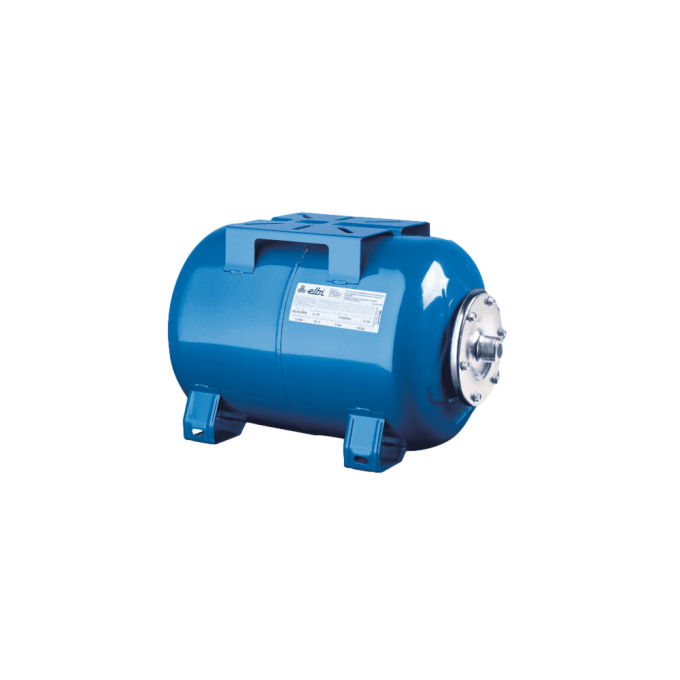
|  | 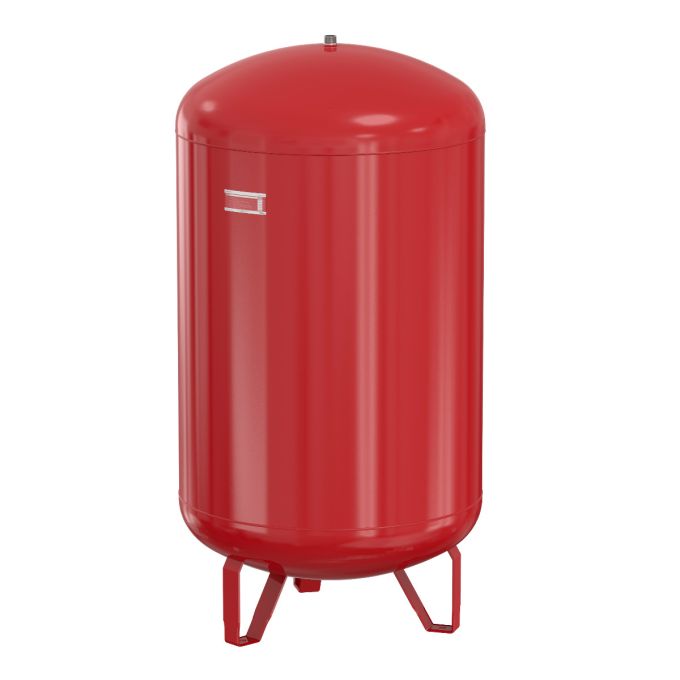 |
- Check for Blockages
- Blockages in the plumbing can sometimes cause pressure to spike in other areas.
- Have a plumber inspect the system for any obstructions or build-up that could be causing high pressure.
When to Seek Professional Help
If you consistently experience pressure issues or your tests reveal abnormal results, it’s important to contact with a licensed plumber. They can:
- Conduct more thorough pressure tests
- Identify and repair leaks or blockages
- Install or adjust pressure regulators
- Address any complex plumbing issues affecting water pressure
By regularly testing your water pressure, you can ensure optimal plumbing system performance, prevent damage, and maintain a comfortable living environment. Remember, water pressure can fluctuate, so periodic testing is recommended to catch any changes early.

